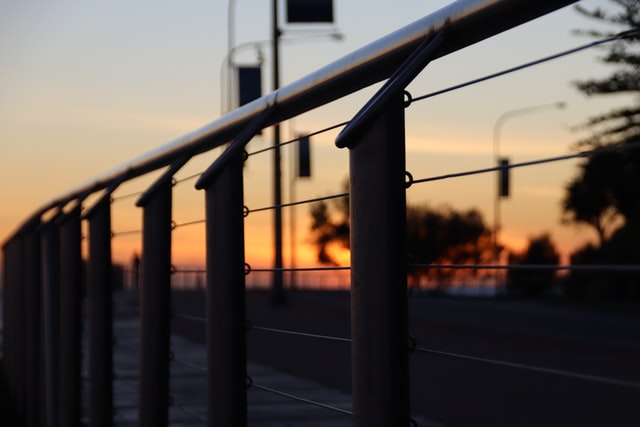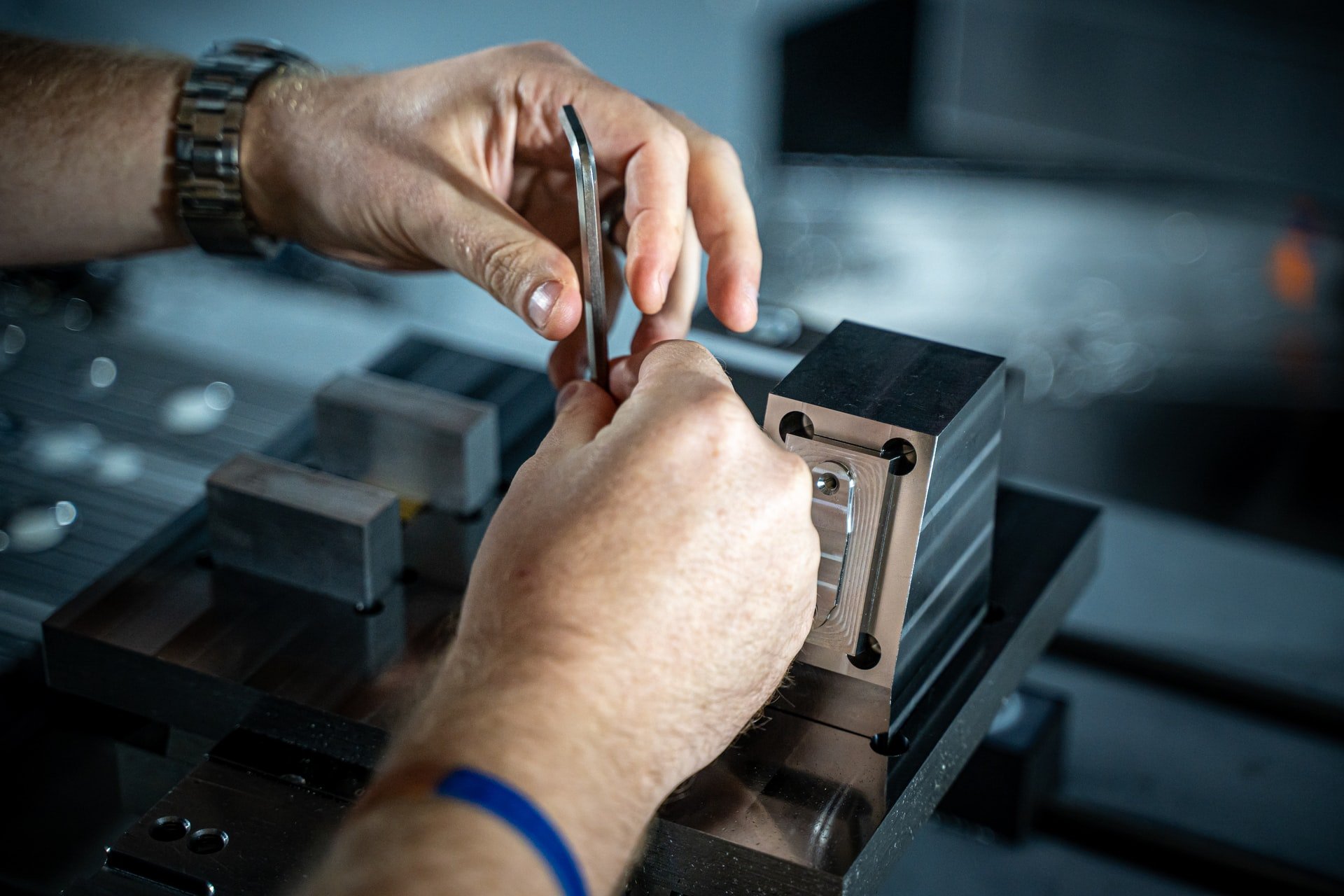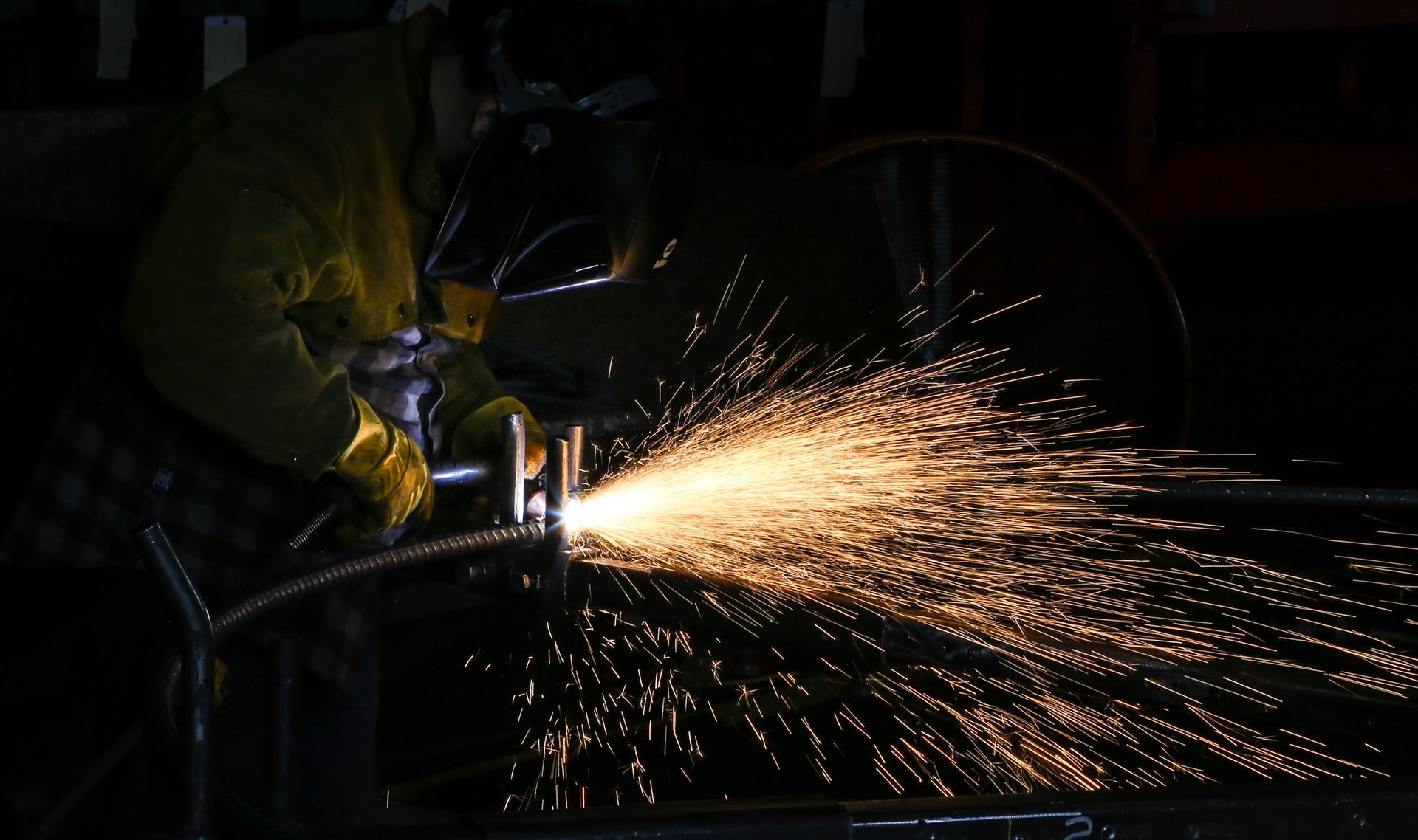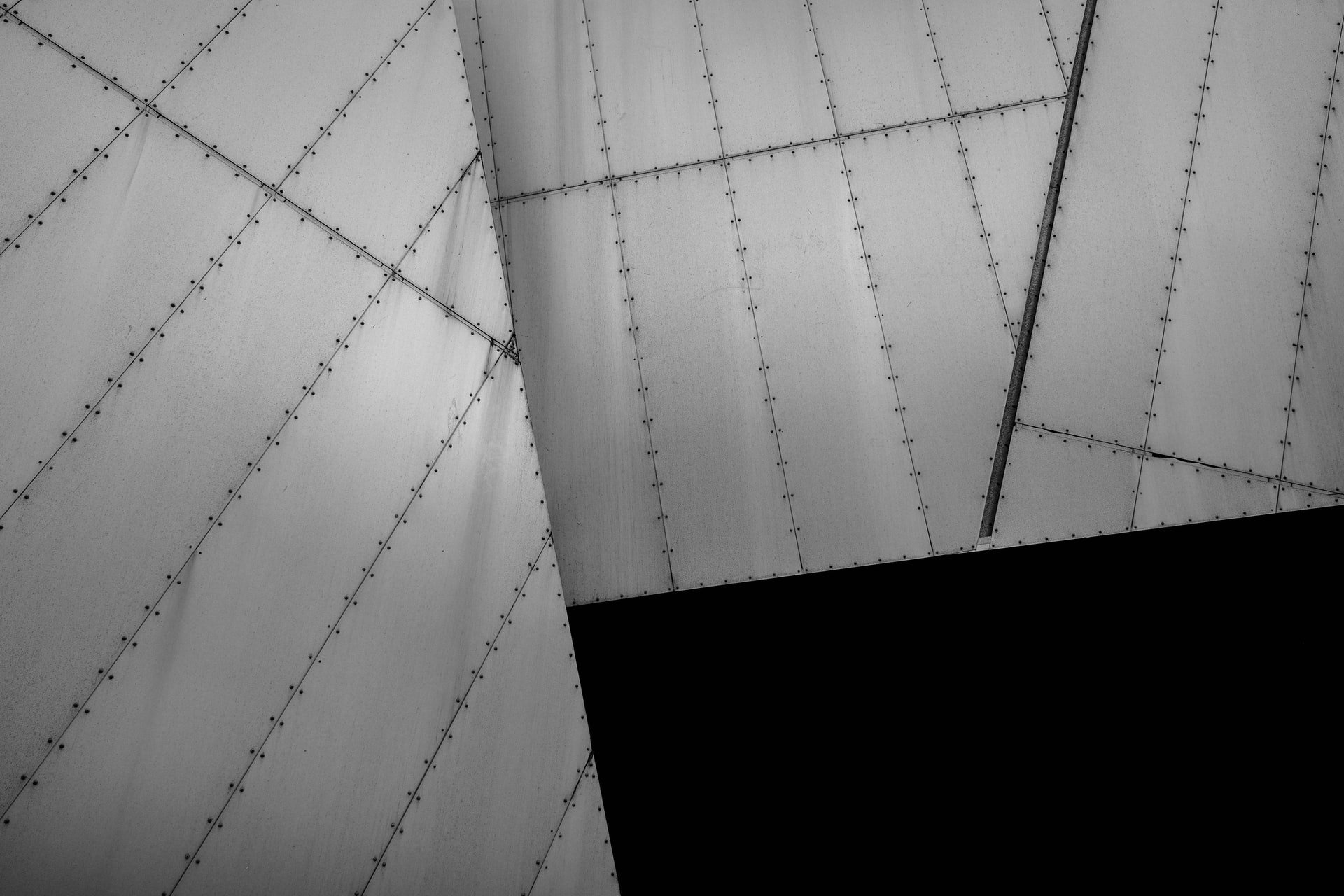
Metal fabrication is an umbrella term used to describe the creation of a component, part or structure, out of metal. Metal fabrication typically involves manipulating raw materials, in the form of sheet metal, metal billets, bars or rods, through one or more processes – including, but by no means limited to, cutting, bending and assembly – to create a finished product.

Let’s take a look at each of the main processes:
Cutting
Cutting is the process by which unwanted material is stripped from a metal workpiece, or the workpiece is divided into two or more smaller sections. Cutting may be the only process required to create a finished product or the first of several processes.
Traditional metal cutting, which employs industrial saws, such as band or cold saws – depending on the type of cutting required – with hardened blades, produces a straight-line cut. Alternatively, depending on the thickness of the metal and the intricacy of the finished shape, cutting may be performed manually or mechanically, with hand or power shears. Shears are akin to scissors, insofar as they consist of two blades, one fixed and the other moving, but are typically larger.
More sophisticated cutting methods include die cutting, such as rotary or flatbed cutting, which use a die – that is, a hollow or solid metal form – to cut or stamp out shapes from metal. Plasma cutting, another alternative method, uses a jet of ionised gas at extremely high temperature to make precision cuts in hard metals.
Bending
Bending is the process by which a metal component is shaped – often into a ‘U’ or ‘V’ shape – by applying external force, manually or mechanically. In its simplest form, bending may be achieved by using a vice or a forming dolly, which supports the metal workpiece, and a hammer. However, thicker, less malleable workpieces may require a brake tool to achieve clean, precise bends.
Like cutting, bending may be a single process or may be used in combination to create a finished metal product.
Assembly
Industry-standard processes for assembling metal components include a range of welding options, all of which employ a combination of heat and pressure to melt two pieces together at their point of contact and thereby create larger, more complex parts.
Metal Inert Gas (MIG) welding, for example, uses a continuous, consumable, solid wire electrode, which is fed through a welding gun, along with a shielding gas, such as argon or helium, which protects the weld from contamination. An electric arc, which forms between the electrode and the metal workpieces, melts the workpieces and fuses them together.
Filler rods are melted by the arc into the molten weld pool in the joint between the components, to join the parts together.
Find Out More
Metal fabrication includes a huge variety of processes and has applications ranging from everyday hardware, such as nuts, bolts and screws, through architectural and structural metalwork, to heavy industrial machinery.
To find out more about the processes we use, or to discuss a project, please give us a call today.
Image source: Pexels












